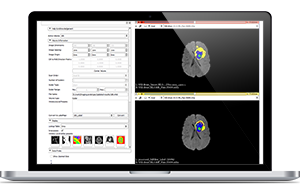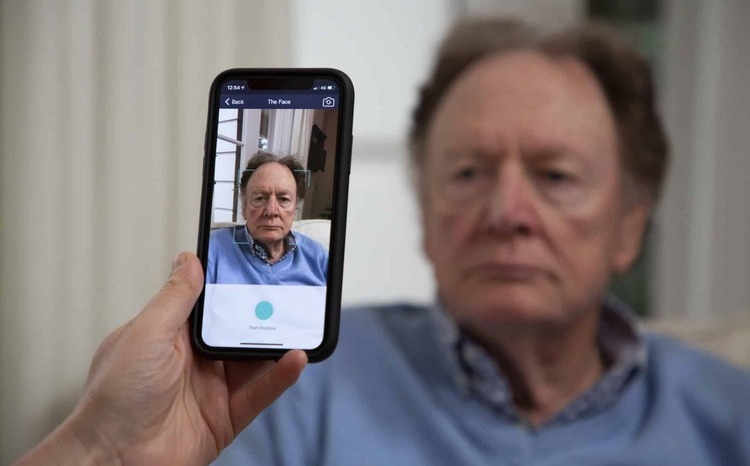
Based on the American Academy of Dermatology (AAD), pores and skin most cancers is the most typical human malignancy. AAD additionally estimates that 161,790 new circumstances of melanoma (74,680 noninvasive and 87,110 invasive) might be recognized within the U.S. in 2017.
Often, pores and skin most cancers is pre-diagnosed visually, starting with an preliminary scientific screening. Then it may be adopted by dermoscopic evaluation, a biopsy and histopathological examination.
To help healthcare suppliers in scientific screening, Stanford College‘s researchers got here out with the brand new medical picture evaluation research, just lately featured within the Nature journal. The research introduces the likelihood to automate classification of pores and skin lesions by utilizing deep convolutional neural networks (CNNs).
The research in short
The researchers have taken a single CNN educated end-to-end with a big picture dataset, utilizing pixels and illness labels as inputs. The dataset of 129,450 scientific photographs contained 2,032 illnesses and was organized primarily based on visible and scientific similarity of illnesses.
The CNN was to get the picture and analyze the malignancy likelihood (%). To make sure correct classification, researchers launched 757 scientific lessons. For instance, malignant lessons included:
Amelanotic melanoma
Lentigo melanoma
Acral-lentiginous melanoma, and so on.
Benign lessons comprised of:
Blue nevus
Halo nevus
Mongolian spot, and so on.
Because the CNN processed a pores and skin lesion picture and assessed it in accordance with every scientific class, it gave the output, for instance, 92% malignant melanocytic lesion and eight% benign melanocytic lesion.
As different examples of utilizing CNNs in medical picture evaluation present, making use of the software program powered by neural networks normally leads to a excessive accuracy, specificity and sensitivity in lesion classification. This case wasn’t an exception.
Outcomes
The CNN’s efficiency was matched with 21 board-certified dermatologists on biopsy-proven scientific photographs with two use circumstances: keratinocyte carcinomas versus benign seborrheic keratoses, and malignant melanomas versus benign nevi. The CNN’s efficiency turned out to be equal to the outcomes from all of the taking part specialists throughout each duties, displaying that synthetic intelligence is ready to classify pores and skin most cancers as competently as dermatologists.
A doable adoption situation
As healthcare suppliers must be wherever their sufferers are, it generally requires them to be outdoors the clinic. The Stanford researchers assume that bringing CNN-based software program for pores and skin lesion classification to cellular can help caregivers in offering sufferers with low-cost common entry to very important diagnostic care.
The outtake
Yet another instance of profitable CNN utility for automated most cancers diagnostics is a vital reminder that medical picture evaluation grows as a development and, hopefully, steadily develops into the healthcare trade normal. Whereas at present using neural networks for diagnostic assist is advancing in analysis and trial, this expertise can be tailored for scientific use the place it may well carry extraordinary worth by permitting for well timed prognosis and remedy.
Examine alternatives

Medical Picture Evaluation by ScienceSoft
Grow to be progressive in illness prevention, diagnostics and remedy with environment friendly medical picture evaluation.







